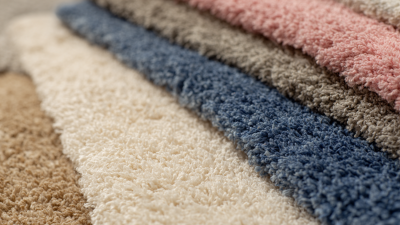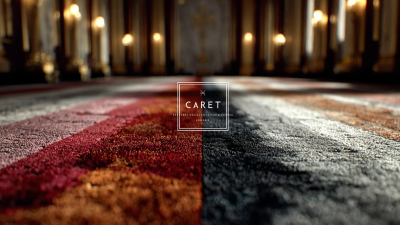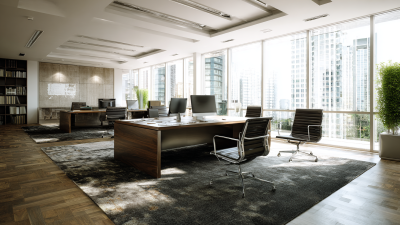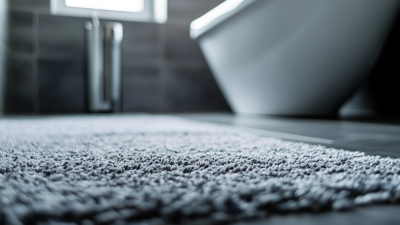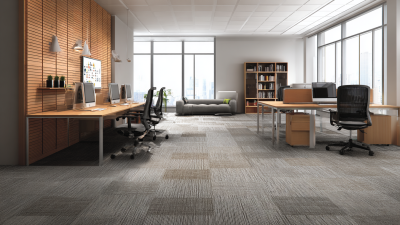
-
Home
-
About Us
-
Products
-
News
-
Blog
-
Contact Us
Leave Your Message

Loop and pile carpet, a staple in the flooring industry, is distinguished by its unique structure that combines durability with aesthetic appeal. According to the American Carpet Manufacturers Association, the loop and pile design contributes to enhanced resilience, making these carpets ideal for high-traffic areas in both residential and commercial settings. The International Textile and Apparel Association reports a growing demand for loop and pile carpets, projecting a market growth rate of 4.5% annually through 2026. This popularity is attributed to their ability to blend style with functionality, offering a variety of textures and patterns that cater to diverse consumer preferences. As the flooring market continues to evolve, understanding the nuances of loop and pile carpet becomes essential for both consumers and industry professionals.
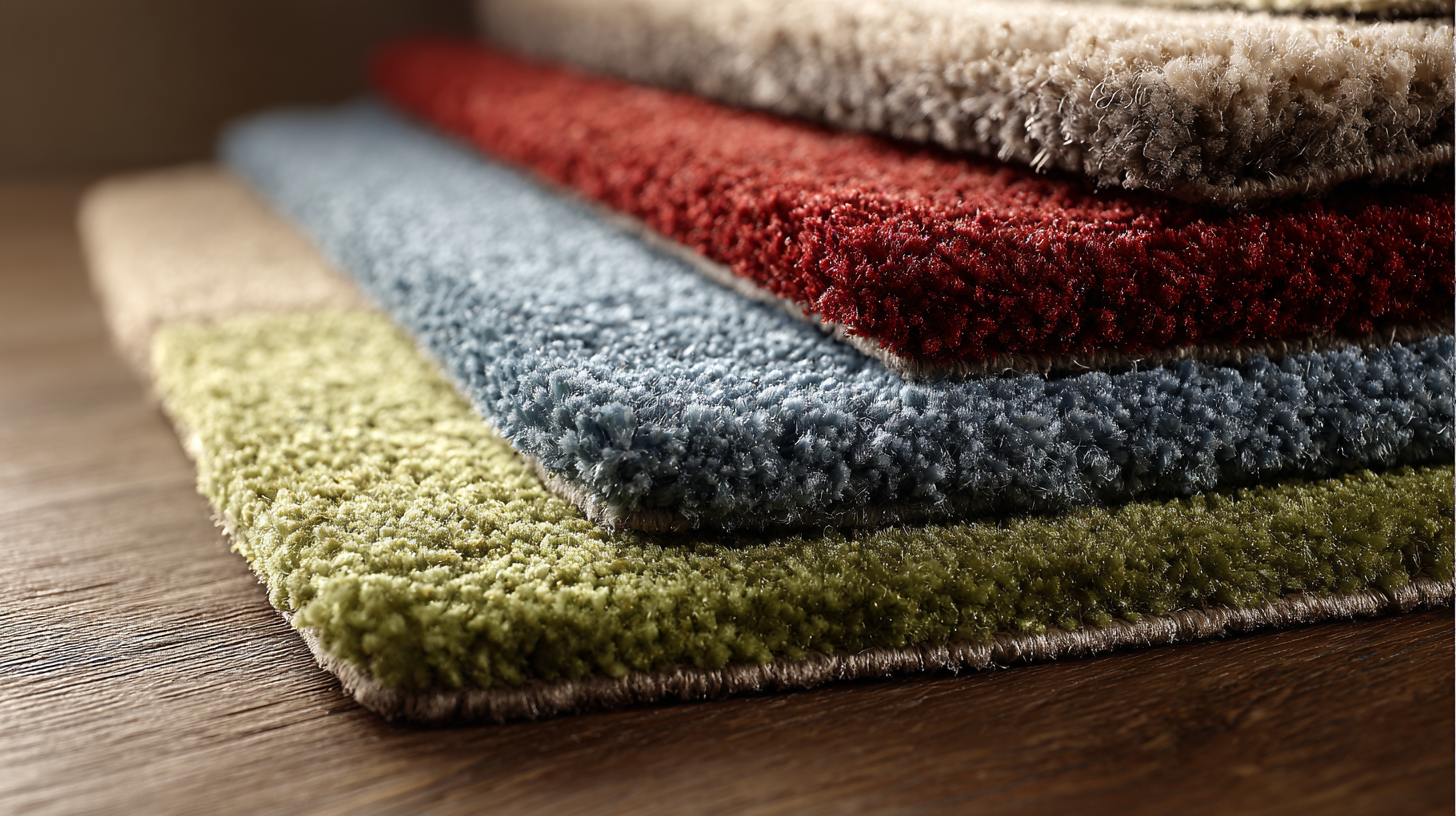
The unique structure of loop and pile carpets offers distinct advantages for various applications. Loop carpets feature tight, uncut loops of yarn that create a durable surface, making them ideal for high-traffic areas. This structure results in a smooth texture that resists crushing and staining, providing longevity in spaces like offices and public buildings.
On the other hand, pile carpets have upright tufts, which can be either cut or looped, providing a softer and more luxurious feel underfoot. The pile height can vary, allowing for greater versatility in design and comfort. With innovations in carpet design, such as modular options that combine both loop and pile elements, modern carpets can effectively cater to aesthetic preferences while maintaining functionality. Recent projects, such as installations in emergency operation centers, highlight the growing trend toward utilizing structured carpets like loop pile for enhanced durability and ease of maintenance in demanding environments.
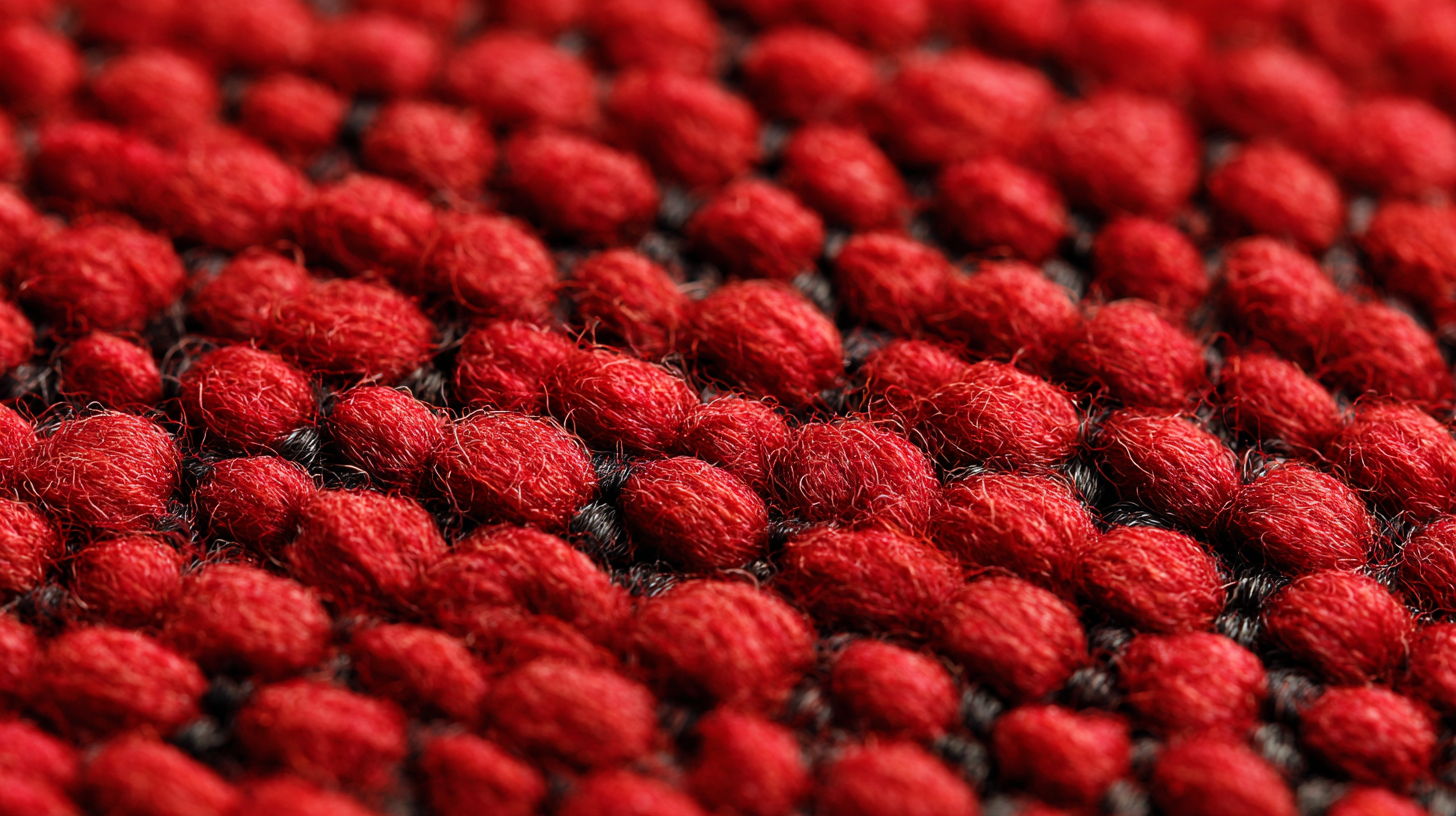
Loop and pile carpets embody a unique aesthetic appeal that caters to various interior design preferences. The distinctive structure of these carpets offers a blend of texture and visual interest. Loop carpets consist of uncut loops of yarn, creating a textured surface that is not only durable but also adds dimension to a room. On the other hand, pile carpets, characterized by their cut yarn, provide a plush feel that invites comfort and luxury. This combination of styles allows homeowners to choose carpets that best complement their living spaces and personal tastes.
Recent flooring trends emphasize natural looks infused with a touch of luxury, leading to a resurgence in the popularity of wool carpets. Known for their eco-friendliness and durability, wool fibers are ideal for creating both loop and pile carpets. As homeowners seek more sustainable and stylish options, the demand for these versatile carpets is expected to rise. Selecting the right colors is also crucial, with expert-curated shades offering guidance for creating harmonious environments. The ongoing innovation in carpet design ensures that loop and pile options remain both fashionable and functional, making them a staple in modern home décor.
When considering carpets for high-traffic areas, understanding the performance characteristics of loop and pile carpets is crucial. Loop carpets, made from uncut loops of fiber, offer exceptional durability. Their tight construction resists crushing and matting, making them ideal for busy spaces such as hallways and entryways. In contrast, pile carpets, which feature cut fibers that form a plush surface, provide a softer feel underfoot. However, they may show wear more quickly in high-traffic areas, especially if the fibers are not of high quality.
**Tip:** For high-traffic areas, choose loop carpets for their durability and ease of cleaning. If you prefer the luxurious feel of pile carpets, opt for dense, high-quality options that are specifically designed to withstand wear. Additionally, consider low-profile designs that can reduce the chances of snags in high-movement zones.
Each carpet type has its pros and cons, so selecting the right one involves assessing the specific demands of the area. Loop carpets can effectively hide dirt and maintain their appearance over time, while pile carpets can add warmth and style to a room, but may require more upkeep. Ensuring that you balance aesthetics with functionality will help you make the best choice for your space.
When comparing loop and pile carpets, maintenance and durability become crucial factors in the decision-making process for homeowners and businesses alike. Loop carpets, characterized by their uncut loops, are known for their durability and resistance to wear. According to a report by the Carpet and Rug Institute, looped styles can last significantly longer in high-traffic areas due to their resilient construction, often extending the lifespan of the flooring by 25-30% compared to cut pile options.
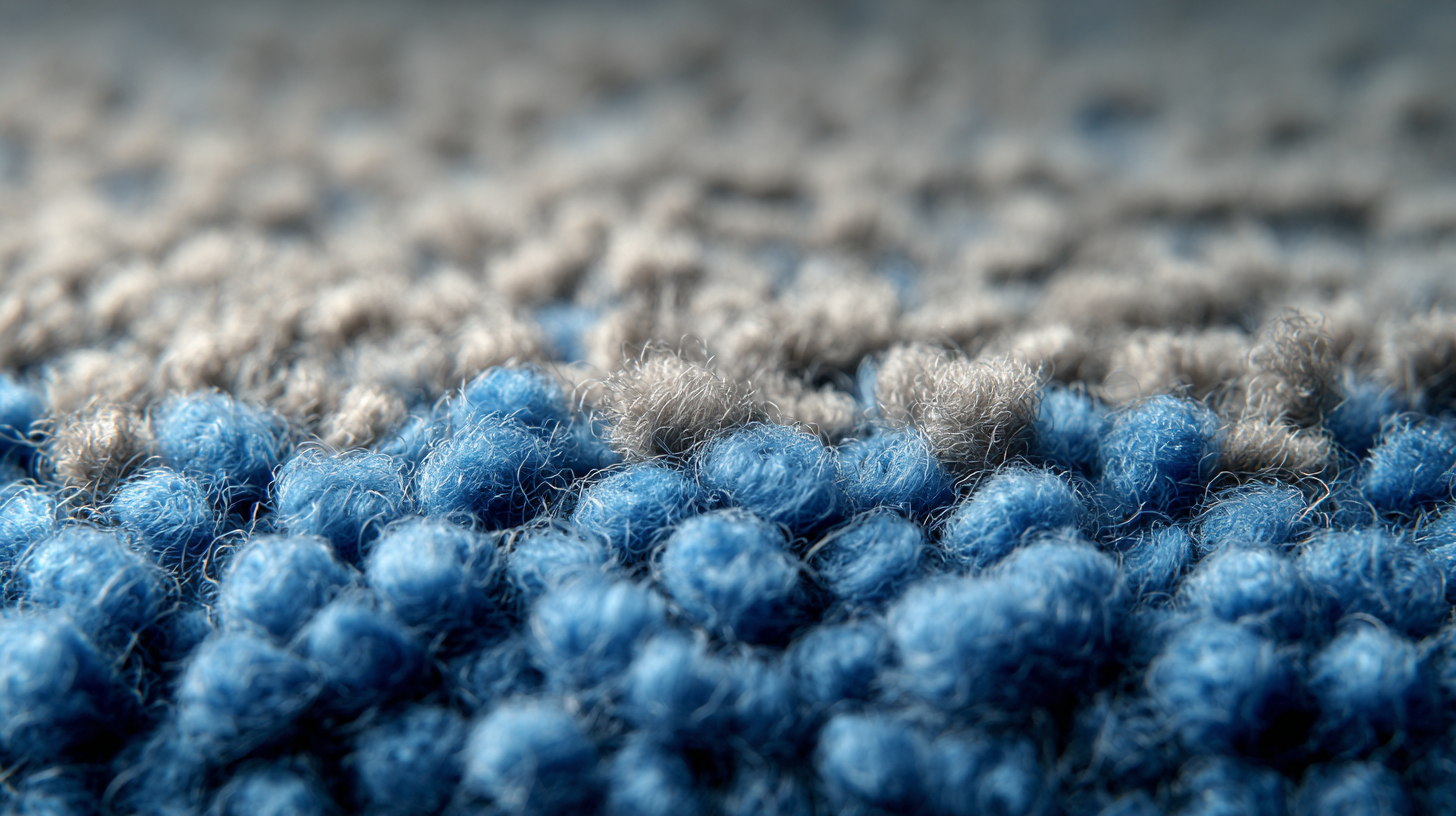
On the other hand, pile carpets, particularly cut pile, offer a softer and more luxurious feel underfoot but may require more diligent maintenance. The same report points out that while cut pile carpets can provide aesthetic appeal, they are more susceptible to matting and crushing over time, especially in high-traffic zones. Regular vacuuming and professional cleaning can mitigate these issues, but users should be aware that pile carpets may need replacement more frequently, with a typical lifespan of 5-10 years depending on usage and care. Understanding these differences helps in making informed choices that align with both aesthetic desires and practical maintenance needs.
The economic impact of loop and pile carpet manufacturing is significant, as it involves various factors that influence cost analysis. Loop carpets, characterized by their uncut loops, tend to require less raw material, which can lower initial manufacturing costs. In contrast, pile carpets, with their cut fibers, generally involve a more intricate production process, leading to higher expenses. This differentiation in structure directly affects pricing strategies, as manufacturers must consider both the cost of materials and the complexity of the desired design.
Moreover, market demand plays a crucial role in shaping the economic landscape of carpet manufacturing. As consumers become more environmentally conscious, there is a growing trend toward sustainable practices, which can alter production costs. Sustainable loop and pile carpets may require investments in eco-friendly materials and processes, impacting overall profitability.
Therefore, manufacturers who adapt to these market trends and efficiently manage their production costs can maintain a competitive edge in the flooring industry, ensuring that their unique carpet structures continue to meet consumer preferences while remaining economically viable.
